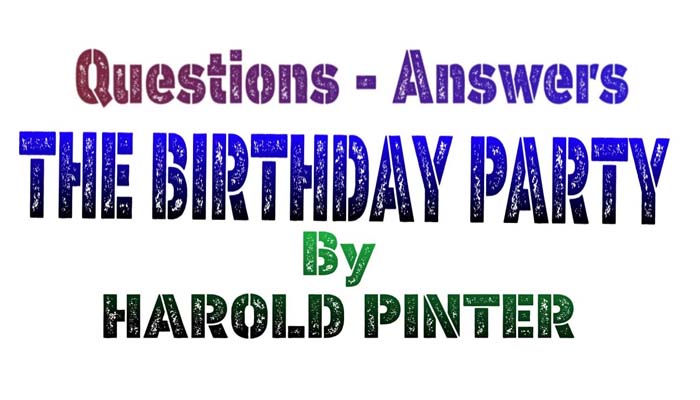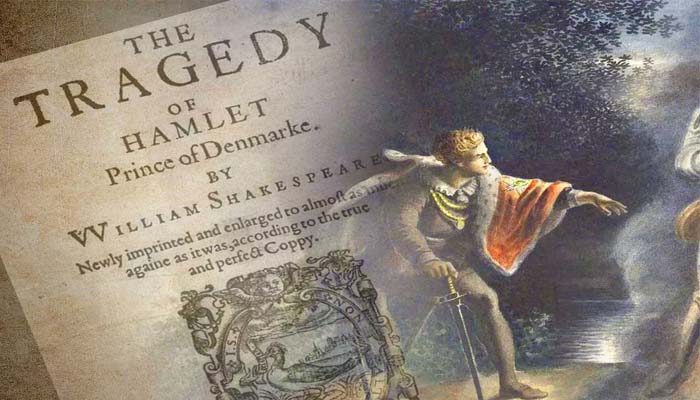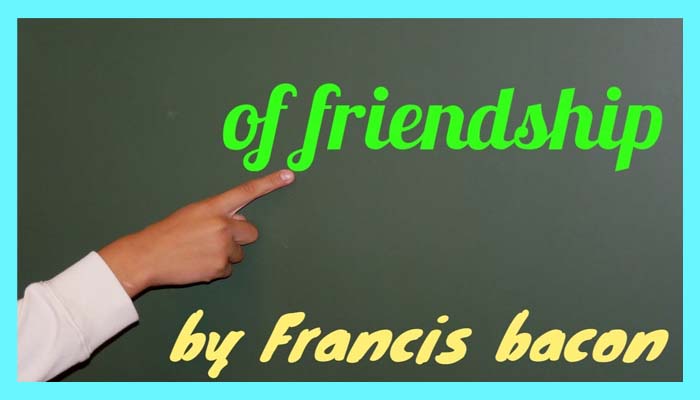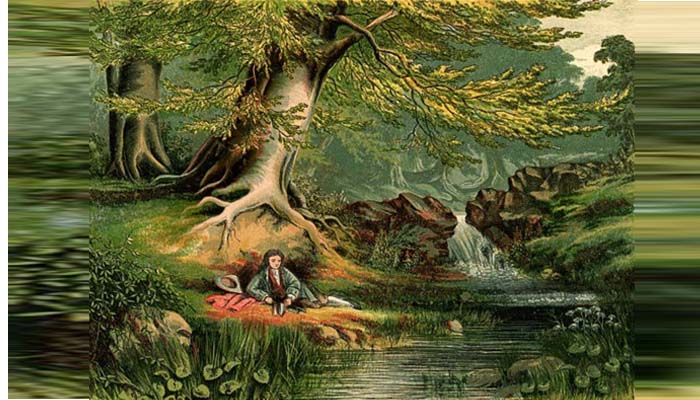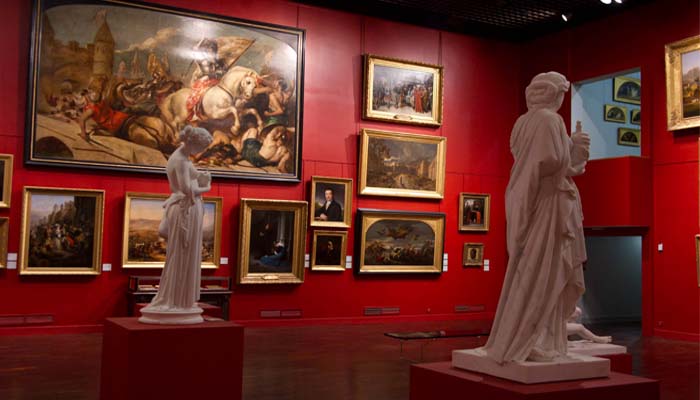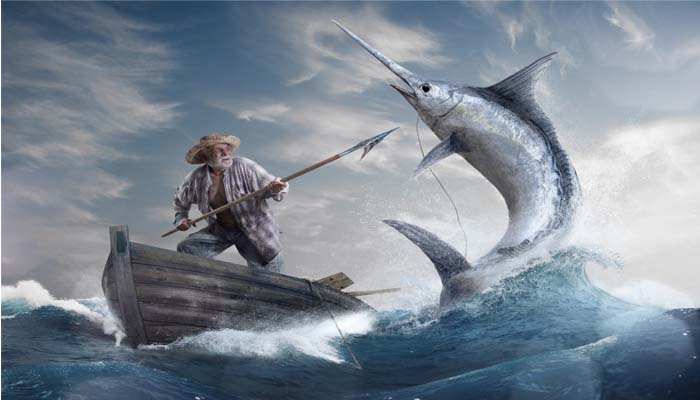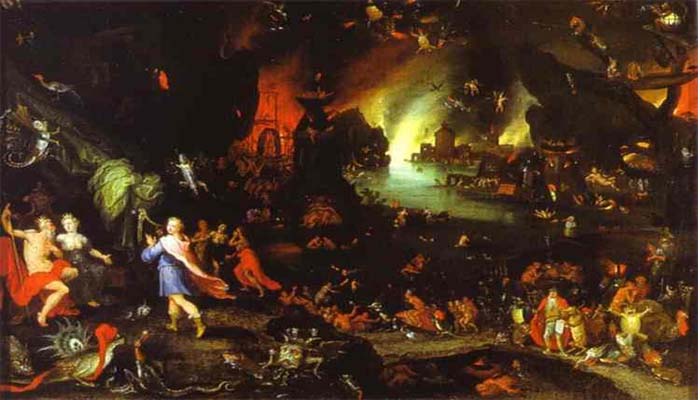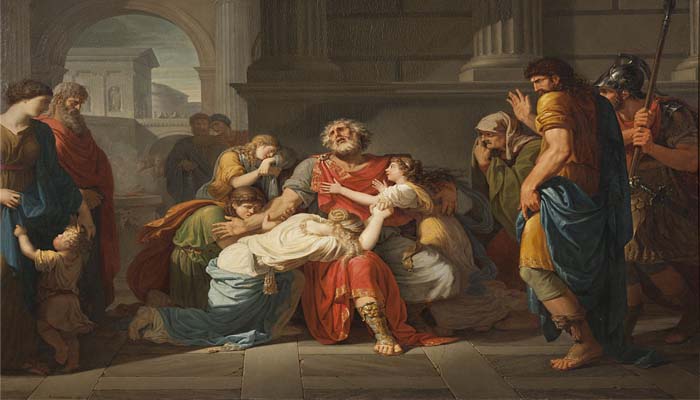
John Fiske and Television Culture
John Fiske’s article “Television ” while television is looked at as a provoker or bearer of meaning and pleasure, culture is regarded as the generation and circulation of variety of meaning and pleasure within society. In view of the said considerations, discuss the roles both of television and culture and their impacts on society as a whole.
The roles both of television and culture and their impacts on society as a whole
John Fiske’s article “Television” is a seminal work in the field of media studies. In it, Fiske discusses the roles and impacts of television in contemporary society.
He looks at the way in which television both produces and circulates meanings and pleasures within our culture. This article has been highly influential in the field of media studies, and provides an important framework for understanding the role of television in our culture.
In this paper, I will explore the roles of television and culture, and their impacts on society as a whole, with reference to Fiske’s article.
John Fiske and Television Culture
John Fiske explores how television has shaped and influenced our culture. He investigates how television has changed the way we think, our values, and our behavior. He also examines how television has evolved into a powerful social control tool and how it has been used to manipulate public opinion.
Fiske contends that television has become an indispensable part of our lives and has had a profound impact on our culture.
He also examines how television has been used to create a false sense of reality as well as a false sense of security. Finally, Fiske examines how television has been used to create a false sense of community as well as a false sense of belonging.
Television has had a major impact on society since its invention in the 1920s. It has been used as a tool for entertainment, education, and communication and has had a significant influence on culture.
This paper will discuss the impacts of television on society, focusing on how it has influenced the socialization of individuals and the development of culture in society.
The invention of television created an entirely new platform for the dissemination of information. It allowed people to become more informed about world events, current affairs, and entertainment.
This new technology created an increase in the amount of information that people could access and learn from, which in turn had a major impact on the way individuals interact with each other and the world around them.
Television codes
Television codes refer to the methods used by television to communicate messages and meanings to its viewers. Language, images, music, and other elements are among the codes used to create a specific atmosphere or mood. They also include the use of narrative structures to tell stories, such as flashbacks. Television codes also include the use of stereotypes and other forms of representation in order to create a specific view of the world. Finally, television codes prohibit the use of advertisements and other forms of promotion to influence viewers’ opinions and behavior.
An event to be televised is already encoded by social codes such as those of:
- Level one: “REALITY” appearance, dress, make-up, environment, behavior, speech, gesture, expression, sound, etc.
- Level two: “REPRESENTATION” camera, lighting, editing, music, and sound which transmit the conventional representational codes.
- Level three: “IDEOLOGY” which are organized into coherence and social acceptability by ideological codes, such as those of individualism, patriarchy, race, class, materialism, capitalism, etc.
Reality is something that is produced by the codes of culture. It cannot be seen in an objective, empiricist way, and is instead always already encoded.
This encoding is apparent in televisual media, where technical and representational conventions are used to make it transmittable and appropriate for audiences. Social codes such as skin color, dress, and facial expressions can be precisely defined, while others such as those of a landscape may be less obvious.
Semiotic or cultural criticism can deconstruct this unity and make sense of it. A semiotic analysis attempts to show how these encoded meanings are structured into television programs by performing a detailed analytical reading of them.
John Fiske and Television Culture
John Fiske’s article “Television” shows ‘Representation’ outlines the ways in which the visual and aural elements of television shape the representation of narrative, conflict, character, dialogue, setting, and casting in the medium. In the article, he explains that the camera, lighting, editing, music, and sound used in television are all part of the “conventional representational codes” which shape the way these elements of the story are portrayed.
He points out that the way these elements are presented on television is often very different than how they would be presented in other mediums, such as film or literature. For instance, television characters are often presented in a more flattened, two-dimensional way than they would be in a novel.
Similarly, dialogue on television is often more quick-paced and lacks the subtlety and nuance of dialogue in written works. He also demonstrates how the visual and aural elements of television interact with each other to create a particular representation of a story. He explains how the camera, lighting, and editing are used to create a certain mood and how the music and sound are used to heighten the tension or emotion of a particular scene.
He also explains how these elements can be manipulated to create a certain visual or aural representation of a narrative. John Fiske’s article “Television Representation” outlines the ways in which the visual and aural elements of television shape the representation of narrative, conflict, character, dialogue, setting, and casting.
He explains how the camera, lighting, editing, music, and sound used in television create a unique representation of these elements and how they interact with each other to create a specific mood or emotion.
This article is a great resource for anyone looking to better understand the power of television as a medium.
Television Culture and Society
The codes embedded in television shows are deeply connected to the ideological codes of our society. When we decode these messages in the same way they were encoded, we are often presented with a white, male, middle-class perspective of conventional morality.
To maintain this dominant ideology, Television shows utilize three narrative devices. The first as a joke which relieves anxiety caused by repressed, unwelcome, or taboo meanings. The second device is a metaphor that naturalizes cultural constructions of gender, class, and race.
Finally, uses jewelry as a signifier of economics, gender, and class. Through these devices, the show reinforces and legitimates the dominant ideology.
John Fiske and Television Culture Summary
In summary, television culture has a significant influence on our lives. Our way of thinking, what we value, and how we act have all altered as a result. Additionally, it has been utilized to sway public opinion and foster a fictitious sense of security and reality.
Our lives now revolve around television culture, which has had a significant impact on our culture. To better comprehend the power of television and its influence on our culture, it is crucial to comprehend the codes of television and how they are employed to convey messages and meanings to viewers.
Fiske argues that television plays an important role in the production and circulation of meanings and pleasures in society.
He argues that television is not simply a passive medium, but rather an active participant in the production and circulation of cultural meanings and pleasures. He suggests that television functions as a “cultural resource” that can be used to produce and circulate meanings and pleasures in a variety of ways.
Television is able to produce and circulate meanings and pleasures that are not available in other media, and these meanings and pleasures can be used to shape our understanding of culture and our relationship to it.
John Fiske and Television Culture
In addition to television, Fiske also argues that culture plays an equally important role in the production and circulation of meanings and pleasures. He argues that culture is an active participant in the production and circulation of meanings and pleasures. Culture is not simply a static set of beliefs and values, but rather an ever-changing, dynamic force that has the ability to shape and reshape our understanding of the world around us. Culture is constantly producing and circulating meanings and pleasures, and these meanings and pleasures can be used to shape our understanding of culture and our relationship to it.
The roles of television and culture have a significant impact on society as a whole. Fiske argues that television and culture are not just passive observers of society, but rather active participants in the production and circulation of meanings and pleasures. In this way, television and culture can be used to shape our understanding of the world around us, and our relationship to it. Television and culture can be used to create and sustain certain ideologies, norms, and values that are shared within a society. These ideologies, norms, and values can be used to shape the way in which we view the world, and our relationship to it.
The impact of television on society can be seen in a variety of ways. The most significant way that television has impacted society is through its influence on socialization. Television has increased the amount of socializing that people do, as well as the amount of time that people spend in front of the television. This has led to a decrease in the amount of time that people spend engaging in face-to-face interactions. It has also led to an increase in the amount of media consumption and an increased reliance on television for entertainment and information.
In addition to its impact on socialization, television has also had a major impact on culture. Television has increased the amount of cultural diversity available to the public, making it easier for people to be exposed to different cultures, beliefs, and perspectives. It has also increased the number of cultural influences available to viewers, allowing them to become more aware of different cultures and perspectives. This has had a major impact on the way that people view the world, as they become more exposed to different cultural influences.
The television has had a major impact on the economy. It has enabled the development of new industries and businesses, as well as an increase in advertising revenue. This has allowed businesses to reach a wider audience, as well as to create more innovative products and services. Television has become a prominent medium of entertainment and communication over the last few decades. The content of television programming has become a reflection of culture and has had an immense impact on how culture is viewed and understood. This paper will explore the role of culture in television culture and how it has shaped our understanding of the world.
The first part of this paper will discuss the various aspects of television programming that represent culture and how these aspects are used to shape our understanding of the world. The second part of this paper will analyze how television culture has impacted the way we view and interact with other cultures.
The content of television programming has become a reflection of culture in many ways. Television programs often feature characters with different cultural backgrounds and experiences, providing viewers with an opportunity to become more familiar with other cultures. Television also often portrays different cultural norms and values, helping viewers to better understand the customs and beliefs of different cultural groups.
The use of music, language, and visuals are also effective in representing culture. Music from different cultures is often featured in television programming and can be used to create an atmosphere of authenticity and to convey cultural messages. Language is also important in representing culture, as it can be used to convey different meanings depending on the culture the viewers are from. Finally, visuals are also used to represent culture, as they can be used to convey a variety of messages depending on the context.
John Fiske and Television Culture
Television culture has had a significant impact on how we view and interact with other cultures. Television programs have been used as a tool to educate viewers on different cultures and to help them become more aware of cultural differences. Television can also be used to promote positive messages about different cultures and to challenge negative stereotypes. In addition, television has also served as a platform for dialogue and debate about cultural issues, providing viewers with an opportunity to learn more about other cultures and to engage in meaningful conversations.
Television has had a major impact on society, both positive and negative. It has changed the way that people interact with each other and the world around them, as well as the way that culture is developed and viewed. It has also had a major impact on the economy, creating new industries and opportunities for businesses. While television has had a significant impact on society, it is important to remember that it is only one factor in the development of culture and society. All in all, it is clear that television culture has had a significant impact on how we view and interact with other cultures. Television programming has served as a platform for representing culture, educating viewers about different cultures, and promoting positive messages about different cultures. Through television, viewers have become more familiar with different cultures, and have been provided with an opportunity to learn more about other cultures and to engage in meaningful conversations.
Conclusion
In conclusion, Fiske’s article provides an important framework for understanding the roles of television and culture, and their impacts on society as a whole. Television and culture are both active participants in the production and circulation of meanings and pleasures, and these meanings and pleasures can be used to shape our understanding of the world around us, and our relationship to it. Through television and culture, ideologies, norms, and values can be shared within a society, and these can be used to shape our understanding of the world and our relationship to it.
Works Cited
- Brown, Mary Ellen. “Television and women’s culture: The politics of the popular.” (1993).
https://www.utpjournals.press/doi/full/10.22230/cjc.1993v18n1a726
- Bell, Phillip, et al. “Notes On “film, TV & the popular”; issue.” (1988): 7-7.
https://www.tandfonline.com/doi/pdf/10.1080/10304318809359347
- Allen, Caitlin. “Reality Television: The Love/Hate Relationship of Broadcast and Cable.”
https://call3n.wordpress.com/2012/11/20/reality-television-the-lovehate-relationship-of-broadcast-and-cable/
- Rixon, Paul. “Re-evaluating the role of television criticism in the British press.” Journalism 14.3 (2013): 388-400.
https://journals.sagepub.com/doi/abs/10.1177/1464884912443197
Read: Old Man and the Sea Summary
Author: Md. Rabby Sharif Ador
Department: English
Institution: Notre Dame University Bangladesh
Member of ‘Future Writers’
Visit: Marketing Learner, Invest Carrier, Meartex, Gree AC price




